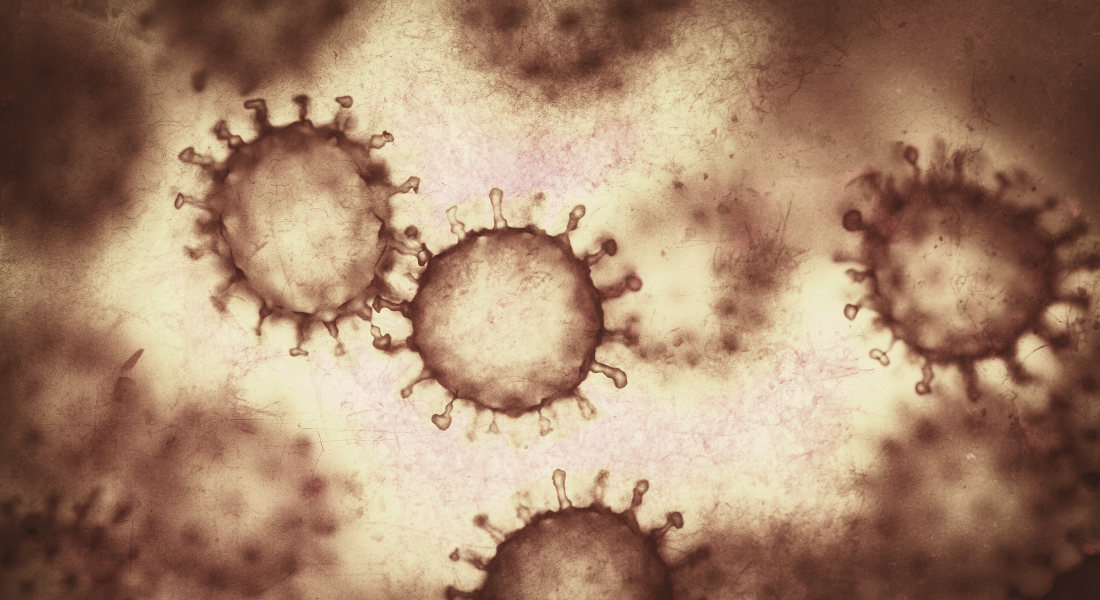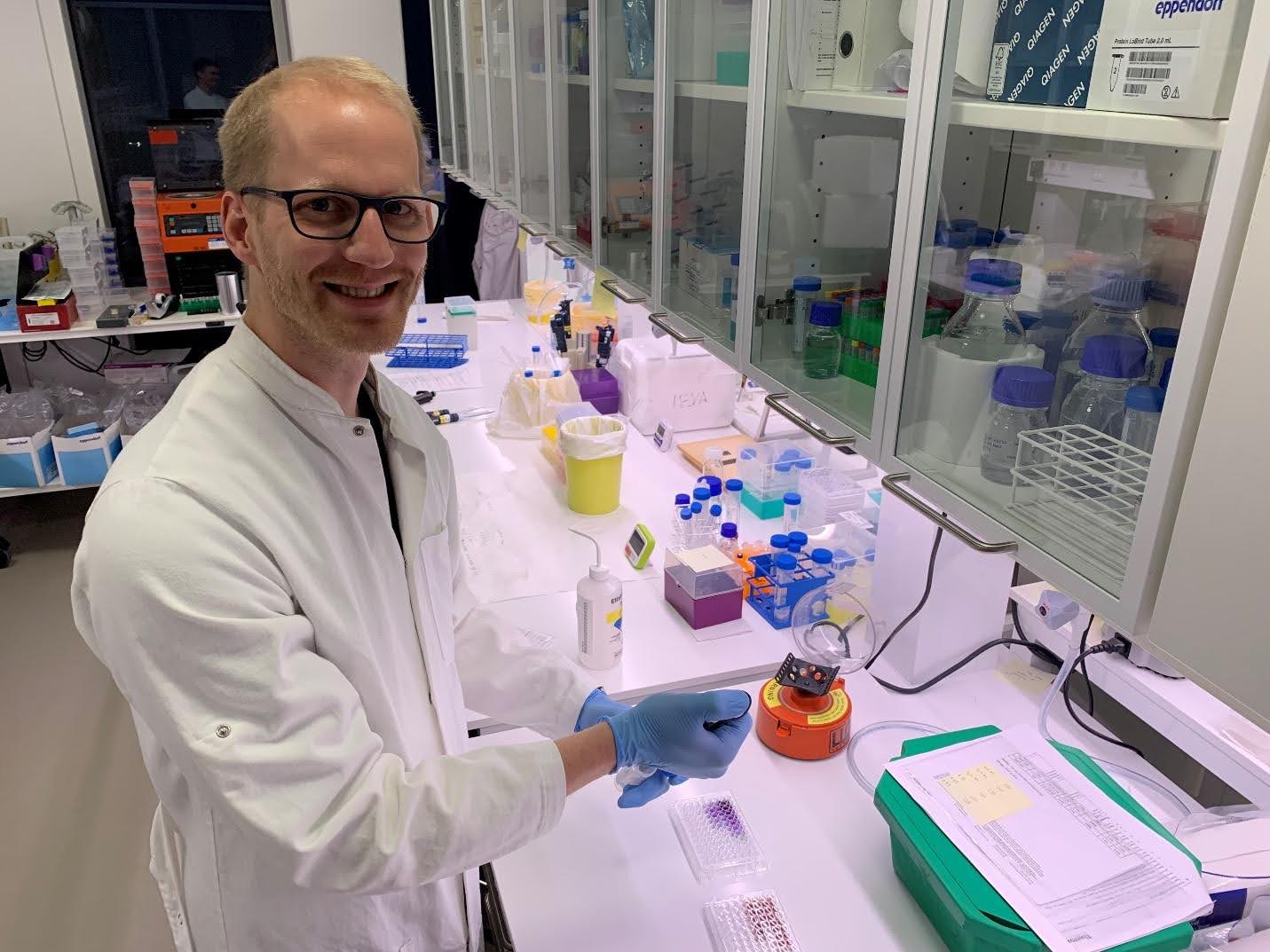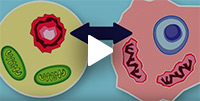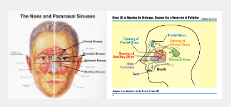How Viruses Effect Yourself
Bacteria and viruses infect our cells through sugars: Now researchers want to know how they do it
RESEARCH
Most infectious bacteria and viruses bind to sugars on the surface of our cells. Now researchers from the University of Copenhagen have created a library of tens of thousands of natural cells containing all the sugars found on the surface of our cells. The library may help us understand the role played by sugars and their receptors in the immune system and the brain, the researchers behind the study explain.

Many bacteria and viruses depend on sugars to infect our cells. And last autumn, the same team of researchers discovered that the spike protein in corona virus needs a particular sugar to bind to our cells efficiently.
Sugar is not just something we eat. On the contrary. Sugar is one of the most naturally occurring molecules, and all cells in the body are covered by a thick layer of sugar that protects the cells from bacteria and virus attacks. In fact, close to 80 per cent of all viruses and bacteria bind to the sugars on the outside of our cells.
Sugar is such an important element that scientists refer to it as the third building block of life – after DNA and protein. And last autumn, a group of researchers found that the spike protein in corona virus needs a particular sugar to bind to our cells efficiently.
Now the same group of researchers have completed a new study that further digs into the cell receptors to which sugars and thus bacteria and viruses bind.
‘We have established how the sugars bind to and activate the so-called Siglec receptors that regulate immunity. These receptors play a major role, as they tell the immune system to decrease or increase activities. This is an important mechanism in connection with autoimmune diseases’, says the first author of the study, Postdoc Christian Büll from the Copenhagen Center for Glycomics (CCG) at the University of Copenhagen.

Lead author Christian Büll working with the new technology (photo: Mel Robbins).
The unique sugar language
When the immune system receives wrong signals, it can lead to autoimmune diseases, which is when the immune system attacks itself. The Siglec receptors receive signals via sialic acid sugar, a carbohydrate that typically closes the sugar chains on the surface of our cells. When Siglec receptors meet the right sugar chains, the immune system is told to dampen or activate.
‘As part of the new study, we have created a cell library that can be used to study how various sugars bind to and interact with receptors. We have done this by creating tens of thousands of cells each containing a bit of the unique sugar language, which enables us to distinguish them from one another and to study their individual effect and process. This knowledge can help us develop better treatment options in the future’, says Associate Professor Yoshiki Narimatsu from CCG, who also contributed to the study.
‘The surface of the cells in the library is the same as the one found on cells in their natural environment. This means that we can study the sugars in an environment with the natural occurrence of e.g. proteins and other sugars, and we can thus study the cells in the form in which virus and bacteria find them’, Yoshiki Narimatsu explains.
Important discovery for Alzheimer’s
Working on the new study, the researchers identified the sugars that bind to the specific receptor that plays a main role in the development of Alzheimer’s disease.
‘Our main finding concerns the Siglec-3 receptor. Mutations in the Siglec-3 receptor is already known to play a role in connection with Alzheimer’s, but we did not know what the receptor specifically binds to. Our method has now identified a potential natural sugar that binds specifically to the Siglec-3 receptor. This knowledge represents an important step forward in understanding the genetic defects that cause a person to develop the disease’, says Christian Büll.
The creation of the sugar libraries was funded by the Lundbeck Foundation and the Danish National Research Foundation.
Read the entire study, ‘Probing the binding specificities of human Siglecs by cell-based glycan arrays’, here.
Henrik Clausen
hclau@sund.ku.dk
+45 20 14 55 37Press Officer Søren Thiesen
s.thiesen@sund.ku.dk
+45 28 75 29 34



